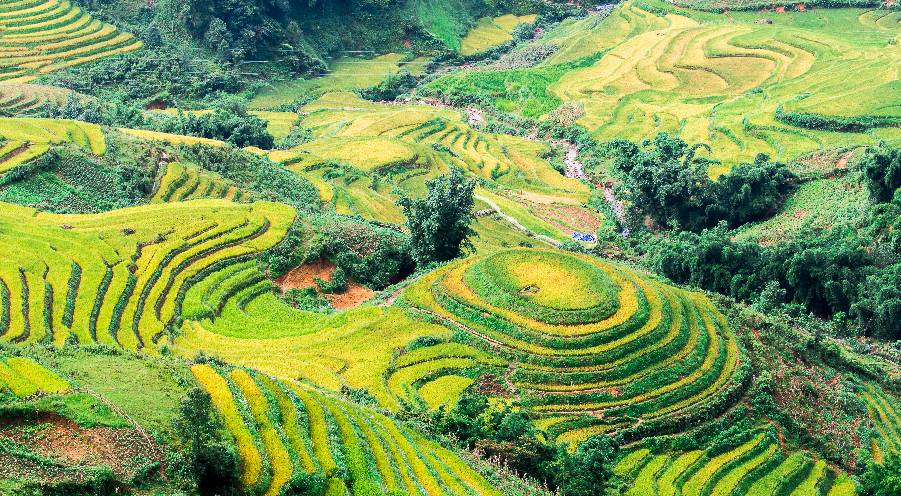WONDERFUL SAPA TERRACED FIELDS
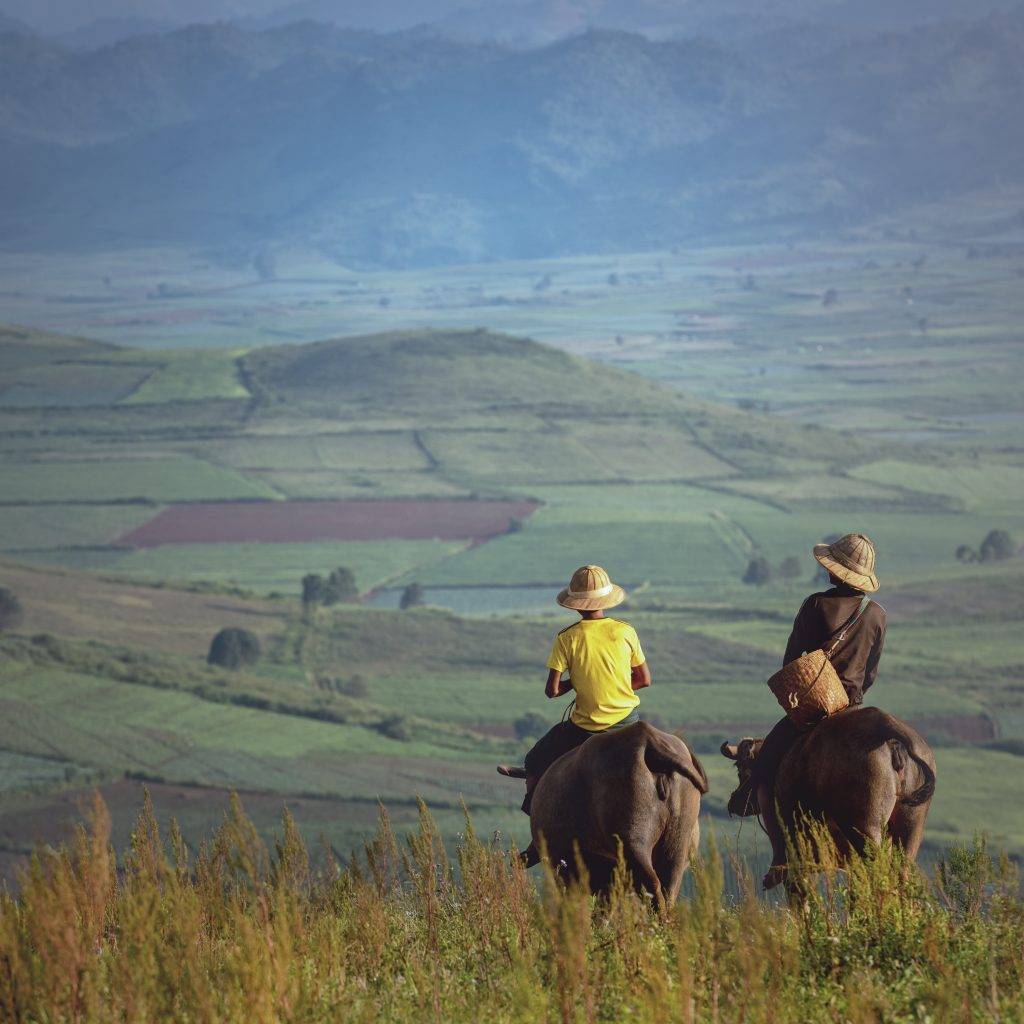
The terraced fields of Sapa are a harmonious combination of nature and human works that make excellent scenery for Sapa rice fields. It has attracted so many tourists coming to Sapa to be surprised.
1. Introduction about Sapa rice terraces
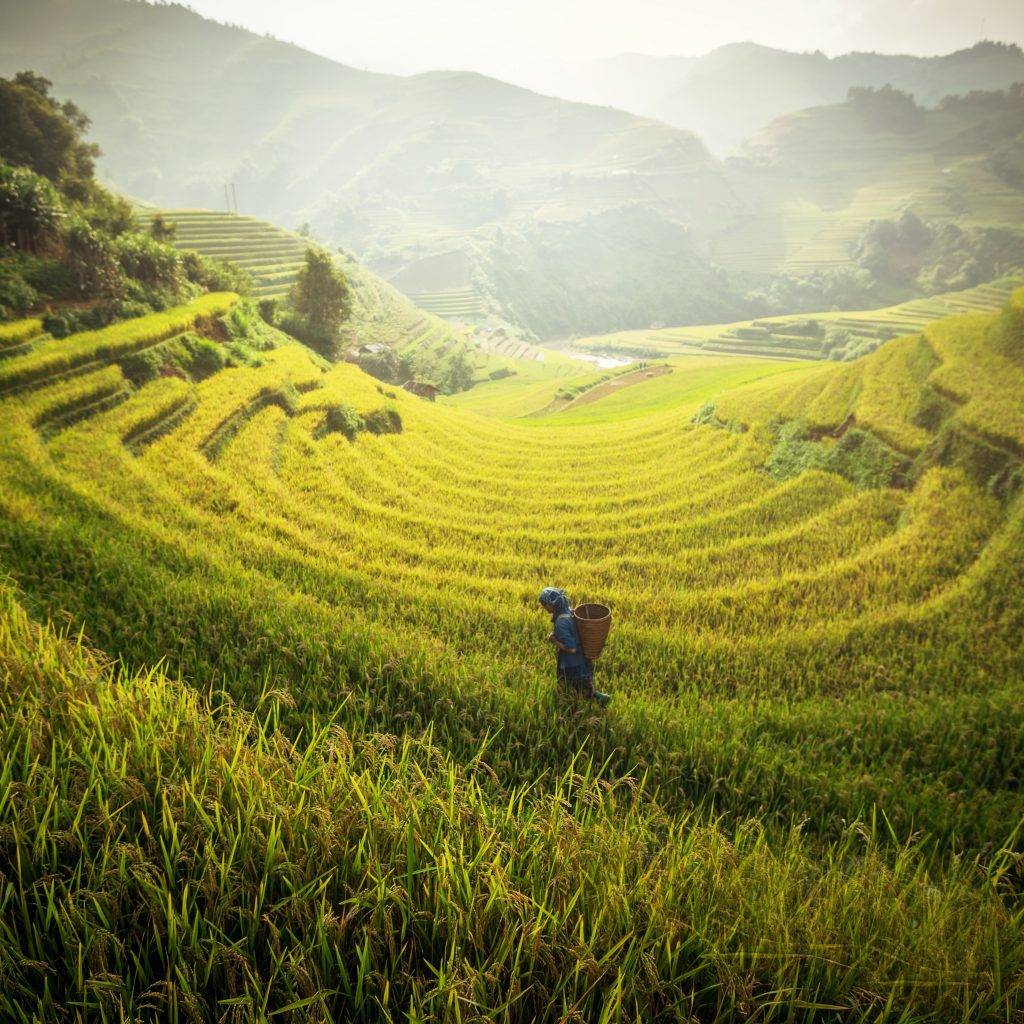
The terraced fields of Sapa appeared hundreds of years ago and were made by the diligent hands of the Dao, Xa Pho, Ha Nhi, Tay, Mong people living on the slopes of Hoang Lien Son mountain with manual labor tools. The terraces here is like a giant “golden ladder” released from the sky in the ripe rice season, and also like a mysterious fingerprint of the motherland in the plowing season, as well as a giant sparkling kaleidoscope in the flooding season. Sapa terraced fields are not only the food source in the harsh climate but also the unique cultural identity and creativity of ethnic minority people in upland areas.
2. The right time to go to Sapa terraced fields
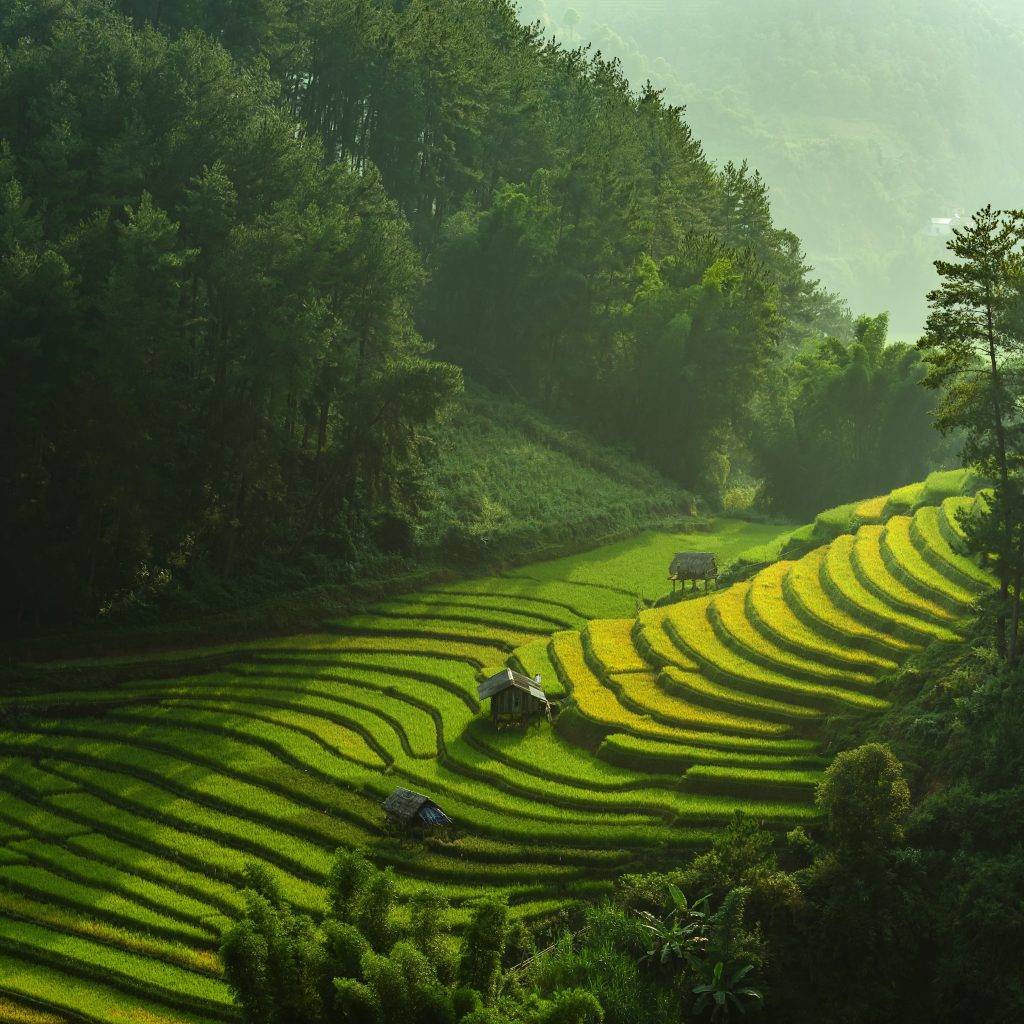
To feel all the beauty of Sapa terraces, there are two times you should go there. The first one is the flooding season, around May or June, which is the time of the captivating beauty of the summer on terraced fields. The second is rice crop season, from September to October. At this period, the rice fields start to change from the green color to the shiny gold color. This time the terraced fields of Sapa are brilliant and wonderful, making visitors feel like the golden rice field staircases lead to the sky gate. This season also makes the place a famous tourist destination in Sapa that anyone want to admire.
3. How to go to Sapa rice terraces?
Sapa town is only 38 km from Lao Cai city and 376 km from Hanoi, so you can choose to travel by bus or train.
– By car

If you take a sleeping bus, the price ranges from 230,000 – 280,000 VND / person / way (about 10-11 US dollars/ 1150-1400 yen). The vehicle departs from My Dinh, Luong Yen, or Gia Lam bus station (Hanoi) to Sapa only 8 – 9 hours. Traveling by bus can save your time, but in the rainy season, it can be hindered by many bumpy passes from Lao Cai to Sapa.
– By train
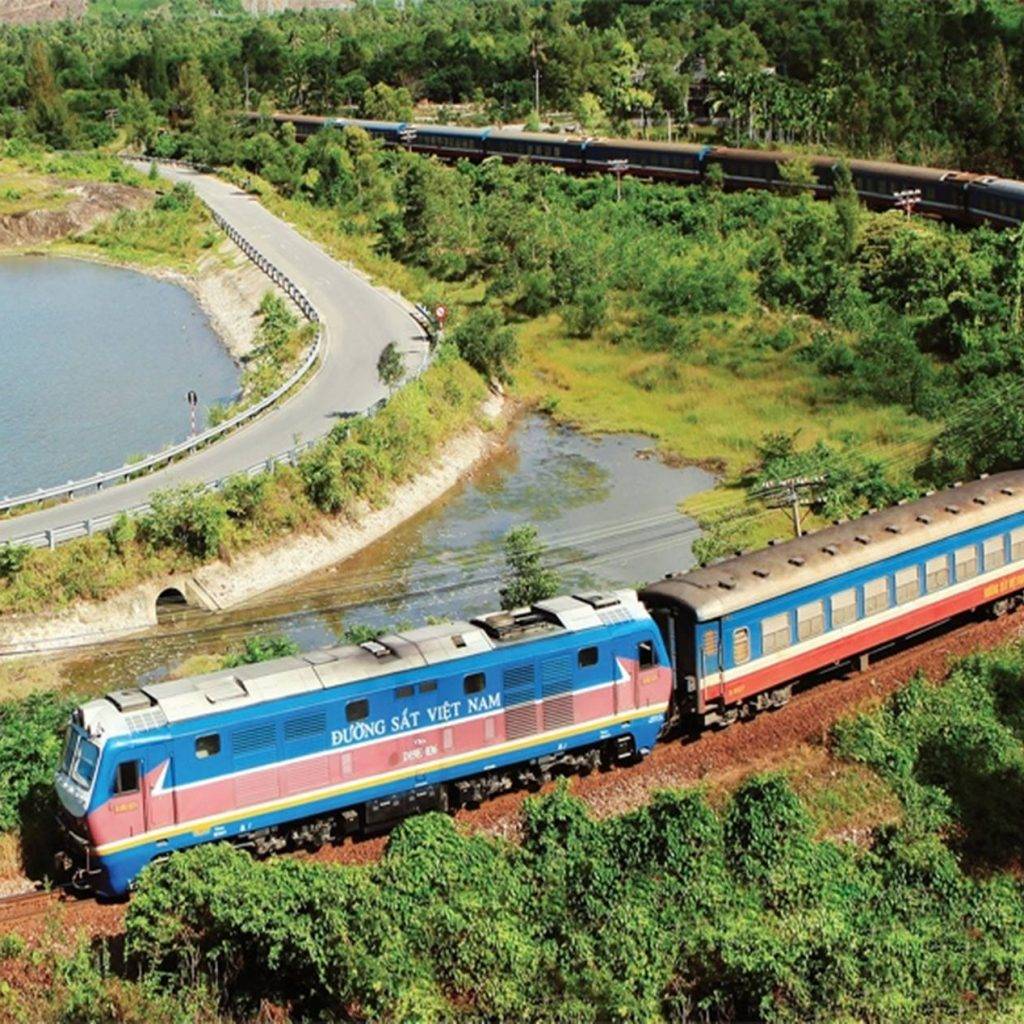
The train has many types of chairs, such as soft chairs, hard chairs, air-conditioned beds, etc. The train runs at 9 am or 10 pm in Hanoi until the next morning to Sapa. The price of the train ranges from 150,000-3,200,000 VND / depending on each type (about 7-140 US dollars/ 750-16000 yen).
4. Destinations to admire the beautiful Sapa terraces
– Ta Phin Village:
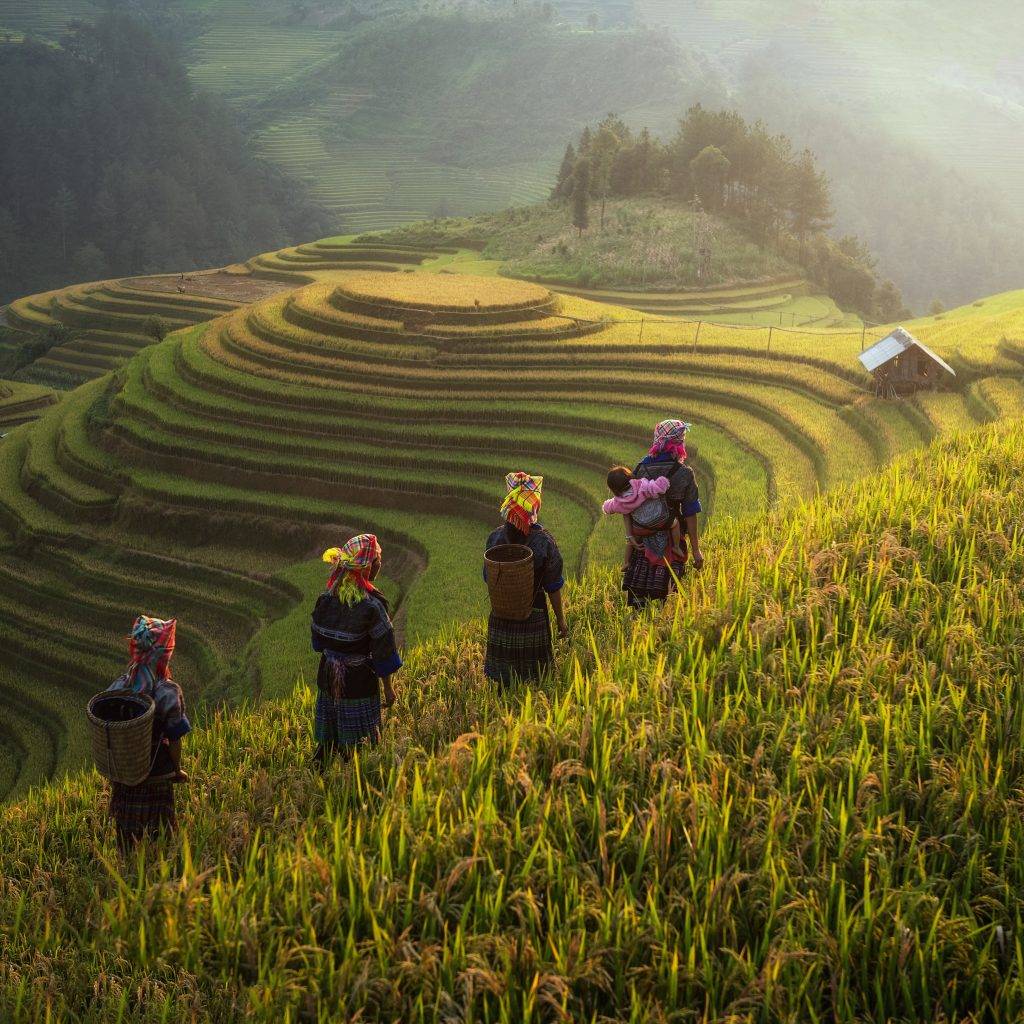
Located in the Northeast, about 12 km from Sapa town, Ta Phin village is close to the limestone mountain range of Hoang Lien Son mountain range, right near the headquarters of the People’s Committee of Ta Phin commune. Tourists come to Ta Phin village to see the terraced fields, which are sometimes green, sometimes yellow. The wavy edges hug the hillside, making the field softer, like silk ribbons fluttering in the incredibly beautiful valley. Beyond the horizon, the lush green cornfield on the rocky slope makes the natural picture more vivid. Somewhere are the pretty little villages peeking out on large plots of land, which form the landscape prettier.
– Cat Cat Village:
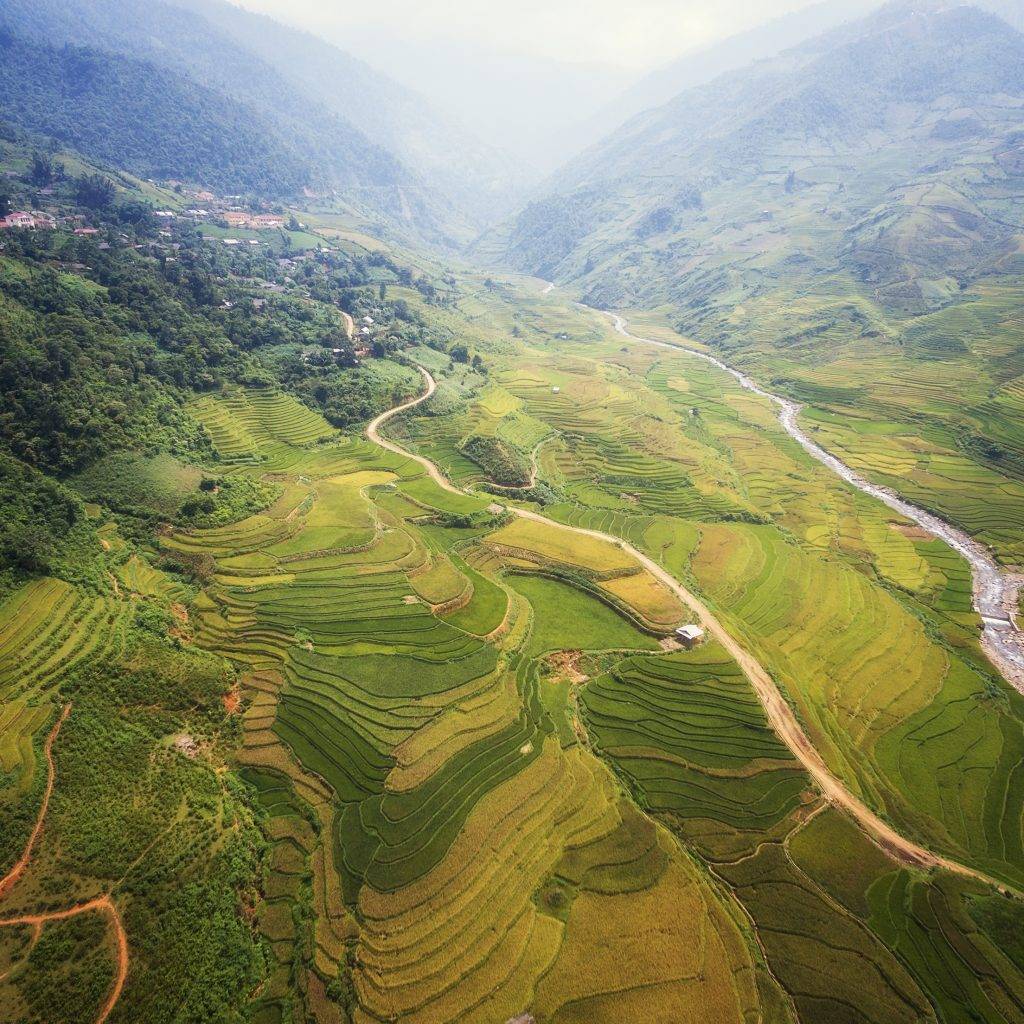
Cat Cat village is a village of Hmong people in Sapa, located about 2 km from Sapa town. The terraced fields here bring a majestic beauty of the Northwest mountain regions. When in the golden season of Sapa, Cat Cat village is perfectly beautiful with the sunlight. When entering the flooding season, Cat Cat village is also radiant with flooded fields in the bright summer weather.
– Muong Hoa Valley:
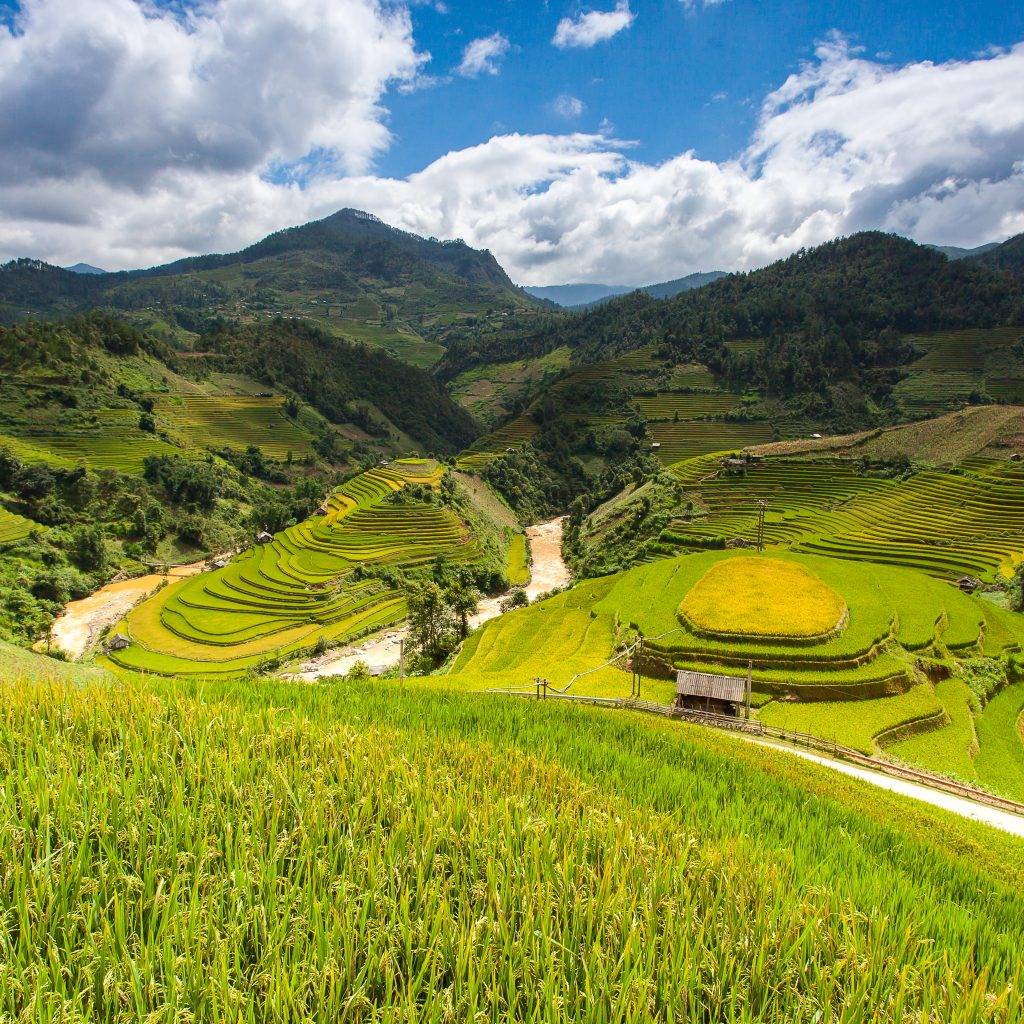
From the center of Sapa town, going along the road to the high mountain pass about 8km, visitors will come across an extremely overwhelming sight – Muong Hoa valley – the pride of Sapa. In addition to the terraced fields with steps leading up to the sky, near the valley, many colorful flowers are blooming all year round, and most notably is the red rose garden.
The journey to explore Sapa terraced fields is fascinating that any tourist cannot help but agitated before the magnificent and unique scenery.
